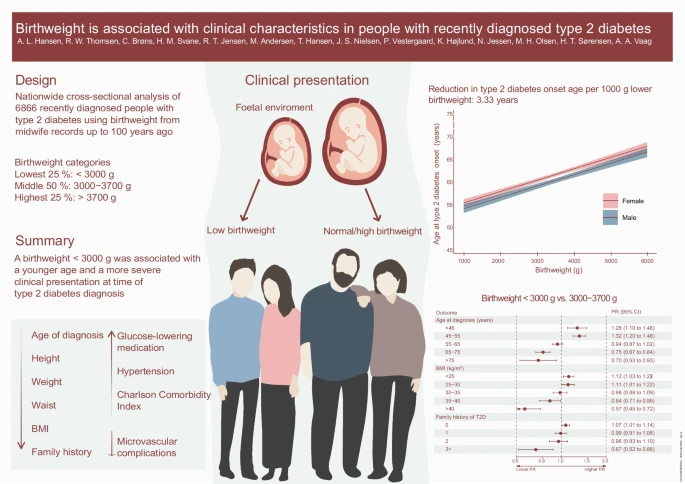The findings of this one in mice suggest that dietary nitrate is capable of preserving mitochondrial bioenergetics during skeletal muscle disuse, and maintain mitochondrial-specific function during short-term (but not long-term) limb immobilization. 

- Skeletal muscle disuse reduces muscle protein synthesis rates and induces atrophy, events associated with decreased mitochondrial respiration and increased reactive oxygen species (ROS).
- Since dietary nitrate can improve mitochondrial bioenergetics, this study examined whether nitrate supplementation attenuates disuse-induced impairments in mitochondrial function and muscle protein synthesis rates.
- Female C57Bl/6N mice were subject to single-limb casting (3 or 7 days) and consumed drinking water with or without 1 mM sodium nitrate.
- In mice subjected to single-limb immobilization, nitrate supplementation prevented the immobilization-induced decrease in mitochondrial respiration, increase in mitochondrial ROS, and reduction in mitochondrial protein content in skeletal muscle.
- These beneficial effects of nitrate occurred in response to short-term (3 days) and more prolonged (7 days) immobilization, in the absence of preventing disuse-mediated muscle atrophy or reductions in myofibrillar protein protein fractional synthesis rates.
- However, given that nitrate preserved mitochondrial protein fractional synthesis rate at 3 days of immobilization...
...these data may suggest that nitrate supplementation may represent an effective nutritional approach to maintain mitochondrial-specific function during short-term muscle disuse.
Dietary nitrate preserves mitochondrial bioenergetics and mitochondrial protein synthesis rates during short-term immobilization in mice
doi.org/10.1113/JP2847…
#nutrition #diet #supplements #supplement #exercise #GymLife #muscle #strength #lift #GetStrong #cardio #hiit
doi.org/10.1113/JP2847…
#nutrition #diet #supplements #supplement #exercise #GymLife #muscle #strength #lift #GetStrong #cardio #hiit
• • •
Missing some Tweet in this thread? You can try to
force a refresh

 Read on Twitter
Read on Twitter









